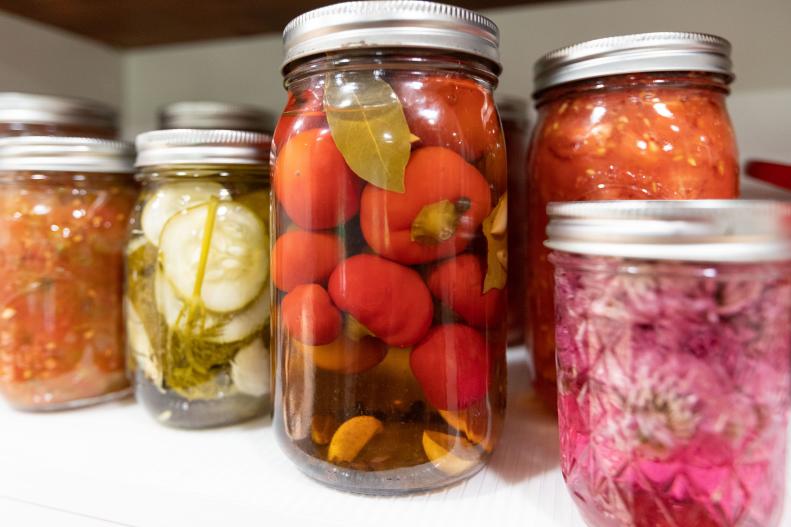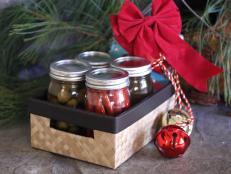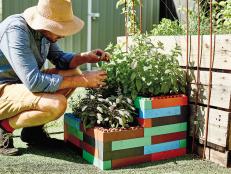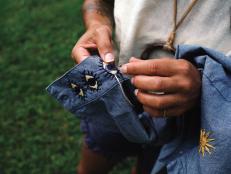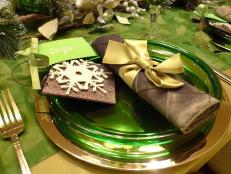1 / 15
Photo: Derek R. Trimble
How to Get Started With Canning
There are few things more pleasant and rewarding than opening an aromatic jar of freshly preserved tomatoes or pickles. When you make the effort to set aside some produce during the growing season, you can turn an otherwise dreary winter meal into a taste of summer and the best part is, it's not that hard to do. Canning your produce at home requires minimal investment, a little bit of effort and some basic know-how. Click through the gallery to see everything you'll need along with the four basic steps to help you get started.






